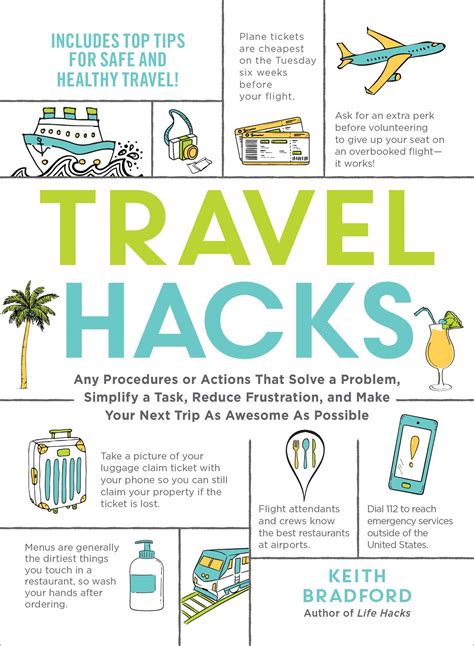Introduction

Traveling with your beloved furry friend can be an enjoyable experience, but it’s essential to ensure their comfort and well-being during the journey. Whether you’re planning a road trip across the country or a flight across the globe, this comprehensive guide provides valuable tips and tricks to make your pet travel experience smooth and stress-free.
Plan Ahead: Know Before You Go
-
Research and Comply with Regulations:
– Each airline and destination has specific requirements for pet travel. Research the regulations and make sure your pet meets the necessary health and documentation requirements. This includes vaccinations, microchipping, and health certificates. -
Choose the Right Transportation:
– Consider your pet’s size, temperament, and travel distance when selecting a mode of transportation. Air travel may be suitable for long distances, while driving is a more affordable option for shorter trips. -
Inform Your Veterinarian:
– Consult your veterinarian about your pet’s health and any special needs they may have during travel. They can provide recommendations on medications, sedation, and any potential risks associated with the journey.
Prepare Your Pet for Travel
-
Gradual Exposure and Training:
– Start preparing your pet for travel gradually. Introduce them to the travel carrier, car, or airport environment to desensitize them to potential stressors. -
Proper Identification:
– Ensure your pet has a collar with up-to-date identification tags, including their name, contact information, and microchip number. -
Calming Aids:
– Consider using calming aids such as pheromone diffusers, sprays, or wraps to reduce anxiety during the trip.
During the Trip: Comfort and Safety
-
Safe and Comfortable Carrier:
– Choose a travel carrier that meets airline or transportation requirements and provides ample space for your pet to move comfortably. -
Essential Supplies:
– Pack essential supplies such as food, water, a blanket, a leash, and any medications your pet may need. -
Frequent Rest Stops:
– If driving, take frequent rest stops to allow your pet to stretch, relieve themselves, and rehydrate. -
Monitor Your Pet:
– Keep a close eye on your pet’s well-being throughout the trip. Check for any signs of stress, illness, or discomfort.
Post-Travel Care and Handling
-
Post-Arrival Examination:
– Schedule a post-travel checkup with your veterinarian to ensure your pet didn’t incur any injuries or develop any health issues during the journey. -
Gradual Transition:
– Allow your pet to adjust gradually to their new environment. Provide them with a quiet and comfortable space where they can rest and recover. -
Extra Care and Attention:
– Monitor your pet’s behavior closely for any signs of jet lag or stress. Offer extra cuddles, playtime, and a familiar routine to help them feel secure.
Pros and Cons of Different Travel Methods
| Method | Pros | Cons |
|---|---|---|
| Air Travel | Faster travel time; convenient for long distances | Can be stressful for pets; space restrictions on some airlines |
| Driving | Flexible; allows for frequent rest stops | Requires more time; can be tiring for pets |
| Train Travel | Comfortable for pets; offers more space | Limited availability; not all train lines allow pets |
| Pet-Friendly Hotels and Resorts | Offers pet amenities and services | May have additional pet fees; not all hotels are pet-friendly |
Additional Tips and Tricks
- Microchip your pet for easy identification in case of emergencies.
- Book pet-friendly accommodations or consider pet-sitting services if staying away from home.
- Bring a familiar toy or blanket to provide comfort for your pet during travel.
- Consider using a seat belt harness or carrier for safety when driving.
- Stay hydrated by offering water throughout the journey.
- Be patient and understanding with your pet’s reactions.
Conclusion
Traveling with a pet requires careful planning and consideration. By following these tips and tricks, you can ensure a safe and stress-free travel experience for both you and your furry companion. Remember to prioritize your pet’s well-being, prepare them adequately, and provide them with the necessary care and attention before, during, and after the journey.





















